Avoiding Altitude Sickness: How to Prepare for High-Elevation Travel
Use these expert-backed strategies for staying well when you're headed to high elevations
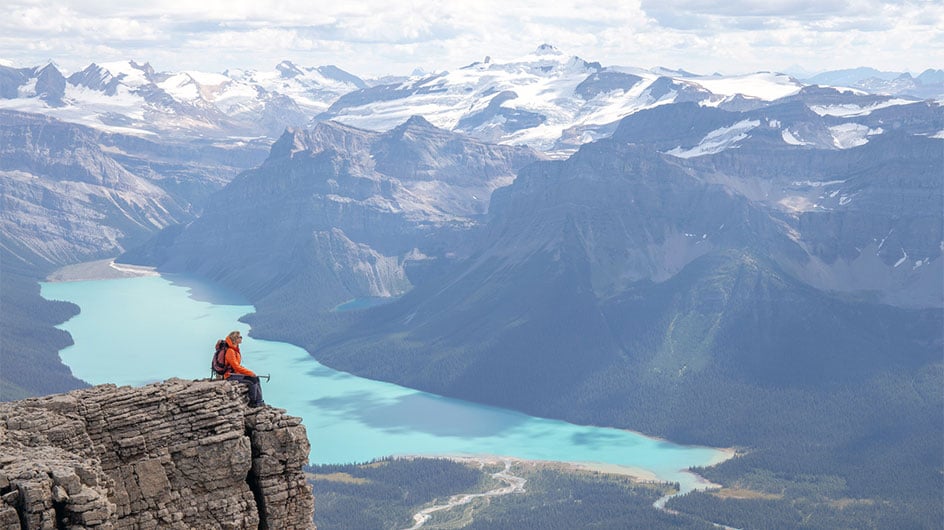
Many of the world’s most fascinating destinations exist at high elevations, offering breathtaking views—and potential challenges for travelers. Notable examples include the following:
- Machu Picchu, Peru – 8,000 feet
- Mount Kilimanjaro, Tanzania – 19,340 feet
- Taos, New Mexico – 7,000 feet
- Aspen, Colorado – 8,000 feet
Traveling to such heights can be exhilarating, but for those who live at or near sea level, adjusting to the altitude can prove physically demanding. That’s because once an unacclimated body ascends to elevations of 6,000 to 8,000 feet, altitude sickness can begin to set in.
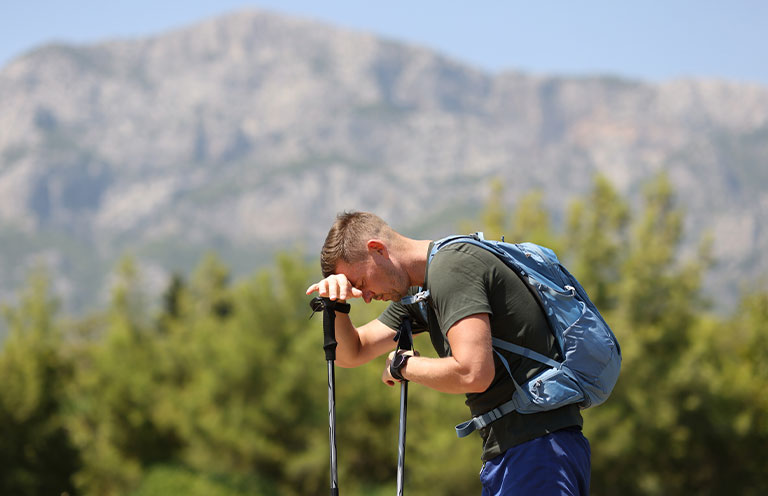
What is altitude sickness?
Altitude sickness happens when the body struggles to adjust to lower oxygen levels at higher elevations. Early symptoms can include headaches, fatigue, and insomnia. The higher you go without proper acclimatization, the more severe these symptoms can become—and in some cases, they can become life-threatening.
Altitude illness can begin at elevations of 8,000 feet or even lower, according to the Centers for Disease Control and Prevention (CDC). The CDC also notes that susceptibility is often genetic and that being physically fit does not necessarily protect against it.
Reactions to altitude often depend on where you live. If you’re from Denver, which sits at 5,280 feet, you’re likely to have fewer issues adapting to an elevation of 8,000 feet. But if you’re coming from sea level, even a visit to the Mile High City of Denver could trigger mild symptoms of altitude sickness.
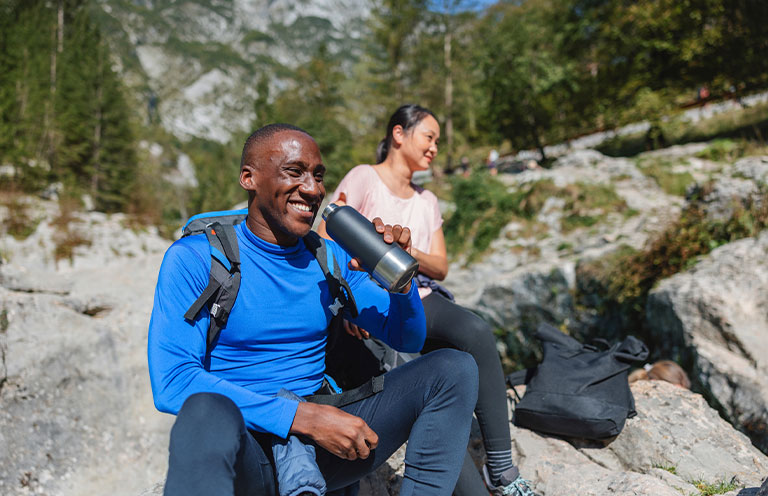
How should you prepare for a high-altitude trip?
Altitude acclimatization should start before your trip begins.
Hydrate, hydrate, hydrate.
Staying well hydrated is one of the easiest and most effective ways of avoiding altitude sickness. Most experts recommend beginning to drink 66 to 100 ounces (approximately eight to 12 cups) of water a day starting one week before your departure. Why hydrate? Your body has to work harder at higher altitudes, so your body ends up using more water.
According to Dr. Peter Hackett, a renowned high-altitude medical expert with more than 45 years of expertise that includes work in the Himalayas, Denali, South America, and Colorado, travelers should drink an extra liter of water per day while at high altitude.
Plan your ascent wisely.
Another important pre-trip consideration is your itinerary. If possible, plan a gradual ascent to the peak elevation so that your body can adjust to the lower oxygen levels. A slow and steady ascent is critical in avoiding altitude sickness, especially when traveling above 9,000 feet.
Among its high-altitude travel tips, the CDC advises against ascending from low elevations to above 9,000 feet in a single day. It also recommends increasing your sleeping elevation by no more than 1,600 feet per day once you’re above that threshold.
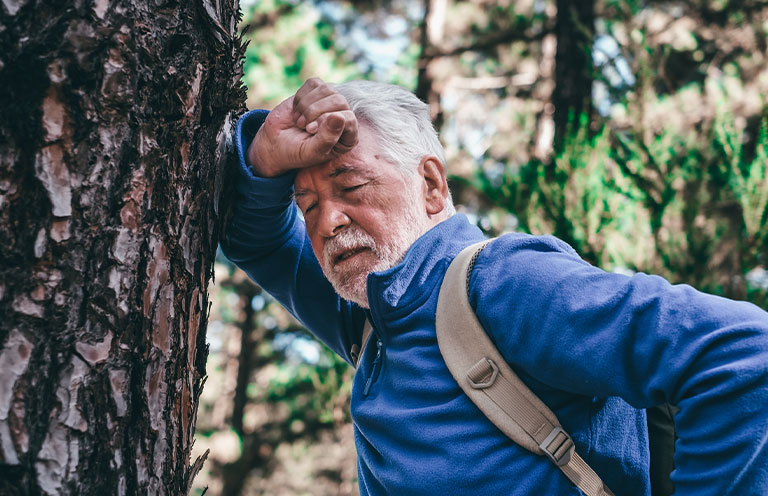
What are the signs of altitude sickness?
The early effects of altitude sickness include the following:
- Headache
- Nausea
- Extreme fatigue
- Insomnia
Altitude sickness is comparable with a hangover, says Dr. Hackett. Mild symptoms can be alleviated with ibuprofen, acetaminophen, or even a cup of coffee, but if symptoms don’t go away, Dr. Hackett advises to stop and rest. If symptoms persist, he adds, descending to a lower altitude is the best remedy.
Travelers shouldn’t ignore two red flags when at high altitudes, cautions Dr. Hackett:
- You feel drunk—confused, unsteady, wobbly.
- You’re short of breath, even while resting.
If either occurs, stop all activity, take oxygen if available, and descend immediately, says Dr. Hackett.
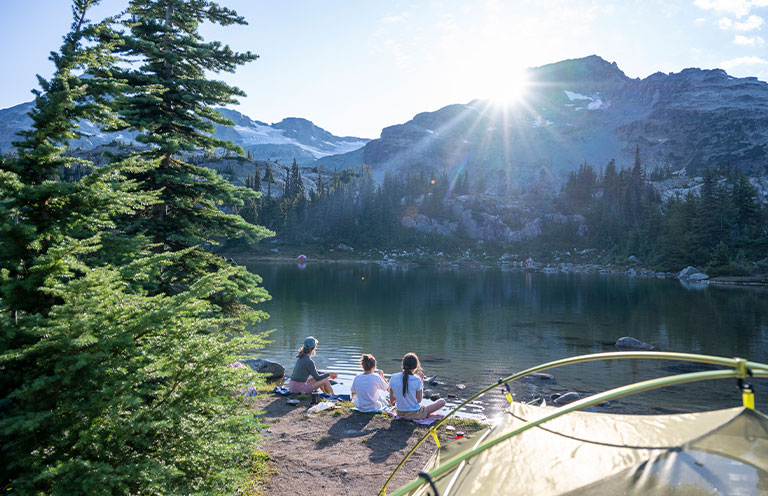
How can you prevent altitude sickness?
If you’re heading to a high-altitude destination and have concerns about altitude sickness, it’s smart to talk with your doctor ahead of time. There are proven strategies—both prescription medication and natural approaches—that can help your body adjust more comfortably. Whether you choose a medical or natural route (or a combination of both), remember to give yourself time to acclimate and stay well hydrated. Also, follow this expert-backed advice:
- Avoid alcohol and strenuous exercise for at least the first 48 hours after arriving at elevations above 8,000 feet.
- Pre-acclimate, if possible. Spending two nights above 9,000 feet within 30 days before your trip can help reduce your risk of altitude illness later.
- Sleep low, hike high. While on vacation, consider taking day trips to higher elevations and then returning to lower elevations to sleep.
. . . . .
While becoming fully acclimated to the heights can take weeks, your body can adapt to the decrease of oxygen at a specific altitude in one to three days, according to the Center for Wildness Safety. So, when planning a trip, be sure to allow yourself the needed downtime once you hit your peak elevation.
